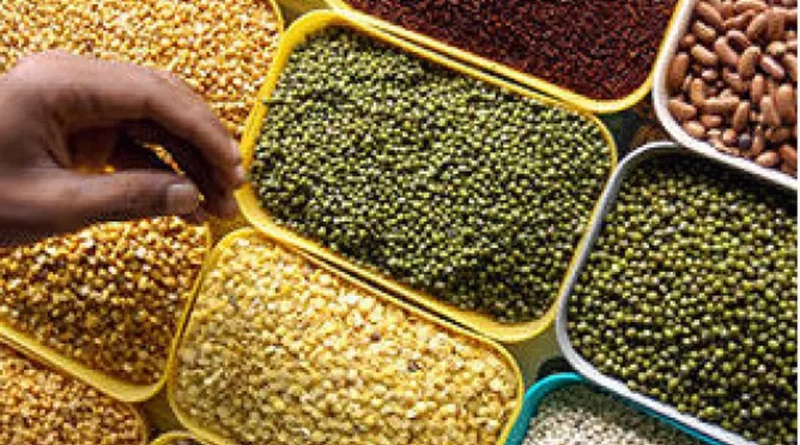India urged to bring back pea tariff
By Sean Pratt
India’s pulse trade is pushing for the government to implement a large tariff on imported yellow peas.
Bimal Kothari, chair of the India Pulses and Grains Association, recently told the Hindu Businessline that he wants to see a 50 per cent import duty on the crop to ensure the landed price is equivalent to the government’s minimum support price for desi chickpeas.
That is the level the duty was at before the government dropped it to zero in December 2023.
Kothari noted that the government has granted seven extensions to the exemption in the last 18 months. The most recent extension takes the exemption through May 31, 2025.
He wants the exemptions to stop and a return to the 50 per cent duty so that India’s chickpea growers are protected from the cheap imported yellow peas, which are a substitute for desi chickpeas.
G. Chandrashekhar, a senior editor with the Hindu Businessline, doesn’t think the government will be in a hurry to do that.
India has become increasingly reliant on imports in recent years, bringing in a record 6.5 million tonnes of pulses in 2024-25, a 40 per cent increase over the previous year.
The government has been forced to liberalize imports due to declining acres and production.
“Climate change is beginning to take a toll,” Chandrashekhar said in a recent article he wrote for Saskatchewan Pulse Growers.
“As a tropical nation, India is vulnerable to the adverse effects of climate change.”
Yellow peas are India’s top pulse import, with some in the trade arguing that supplies of the crop have become burdensome and should be restricted through import tariffs.
“However, Indian policymakers are in no hurry to tinker with the current policy,” he said.
“Control of food inflation is top priority for the government.”
Harsha Rai, a trader with Mayur Global, recently told the Global Pulse Confederation (GPC) that India is still going to be short chickpeas despite an estimated 500,000 tonne increase in production of the crop.
Inventories of old crop have been depleted, and government buffer stocks are significantly reduced.
“With a projected 1.5 million tonne supply-demand gap, additional imports may be necessary to bridge the deficit,” she told the GPC.
Australia is nearly sold out of chickpeas, with the new harvest expected in October, while Tanzania is forecast to harvest a “modest crop” in July and August.
India’s import policy will largely depend on how its crops perform in 2025-26.
The India Meteorological Department is forecasting that the Southwest Monsoon will deliver 105 per cent of the long-term average rainfall in the June to September period this year.
Rai said that is good news, but a lot will depend on whether the rains are timely and well distributed.
Desi chickpea prices have dropped in India due to farmers harvesting a good crop last year.
Prices have fallen by 33 per cent compared to the highs in September and October of 2024 and are now slightly below the government’s minimum support price (MSP).
Kai told GPC that three-quarters of India’s chickpeas will be sold at market prices, with the remainder procured by the government at the MSP.
By contrast, the government has assured lentil growers it will buy their entire crop at MSP, which is much higher than the local prices.
“The quality of our lentils this year is excellent,” she said.
Pigeon pea prices in India have dropped 42 per cent due to increased production of the crop.
Last year’s 2.5 million tonne output fell far short of the 4.2 million tonne annual demand for the crop.
This article has been republished from The Western Producer.

